Parasympathetic Nervous System (PSNS)
The parasympathetic nervous system (PNS) is one of the two divisions of the autonomic nervous system, responsible for regulating involuntary bodily functions and maintaining homeostasis. Often referred to as the “rest and digest” system, the parasympathetic nervous system counterbalances the actions of the sympathetic nervous system, promoting a state of relaxation and recovery.
The PNS has a widespread influence on various organs and tissues throughout the body, playing a crucial role in conserving energy, promoting digestion, and fostering an environment conducive to recovery and repair. Key components of the parasympathetic system include the vagus nerve and the release of the neurotransmitter acetylcholine, which acts on target tissues to elicit responses such as decreased heart rate, increased gastrointestinal activity, and enhanced salivation.
Table of Contents
Definition
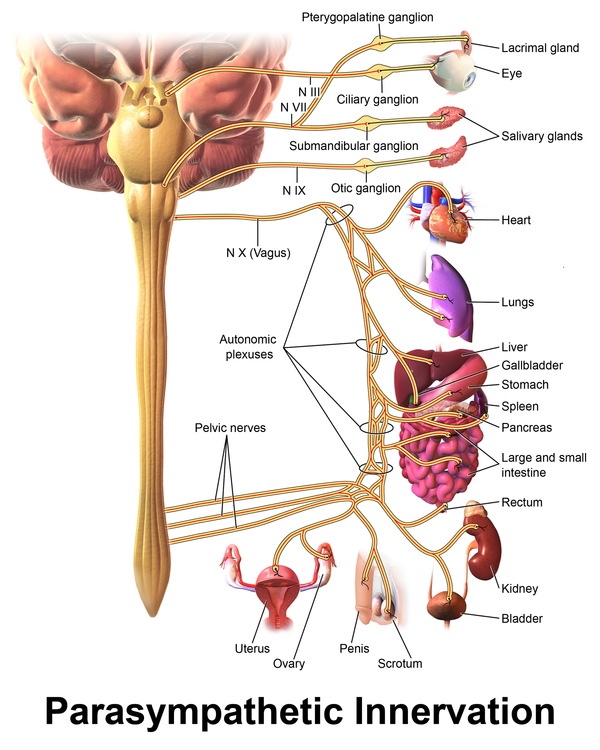
- One of the two primary divisions of the autonomic nervous system, along with the sympathetic Nervous system (SNS), is the parasympathetic nervous system (PSNS). The PSNS is in charge of Regulating the body’s “rest and digest” processes, which include:
- Lowering blood pressure and heart rate
- Widening blood arteries
- Accelerating meal digestion and absorption
- Increasing the production of mucus and saliva
- Urine secretion rising
- Increasing libido and arousal
- When the body is relaxed and feels safe, the PSNS gets active. It functions to support Physiological processes that are necessary for long-term life and to save energy.
Introduction
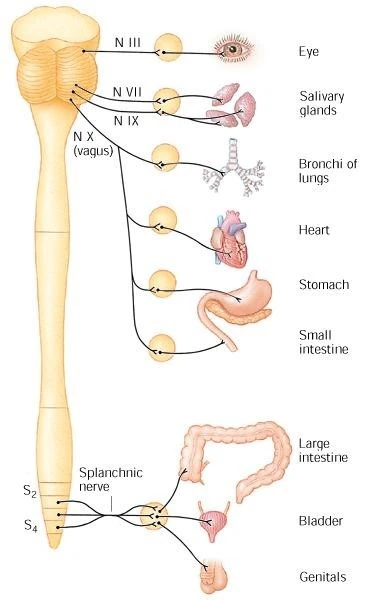
- One of the two functionally distinct from and constantly functioning divisions of the autonomic Nervous system (ANS) is the parasympathetic nerve system (PSNS).In calm, “rest and digest” Situations, the parasympathetic nervous system takes over, but in stressful circumstances, the Sympathetic nervous system triggers the “fight or flight” reaction. The PNS’s primary roles are Energy conservation for later use and controlling internal processes like digestion and urine.
Structure
- The intricate web of channels that makes up both ANS divisions is in charge of preserving the Physiological integrity of tissues, cells, and organs. Pre- and postganglionic neurons that affect Effector organs make up this group. The hypothalamus regulates the parasympathetic nervous System, which has its origins in the medial medullary sites (dorsal motor nucleus, nucleus Ambiguous, and tractus solitarius nucleus).
- The sacral spinal cord (more especially, S2-S4) and brainstem nuclei are the sources of the Preganglionic neurons of the PNS.
- Preganglionic PNS neurons have significantly longer axons than SNS neurons, and they synapse With postganglionic neurons in ganglia located at or close to the effector organs.
- The effector organ cells receive signals from the extremely short postganglionic axons.
- Preganglionic parasympathetic neurons that originate in the brainstem exit the central nervous system (CNS) through cranial nerves. These nerves include the vagus nerve (X), which acts on the Viscera of the abdomen and thorax, the glossopharyngeal nerve (IX), which acts on the parotid Gland, the oculomotor nerve (III), which acts on the eyes, and the facial nerve (VII), which acts on The lacrimal gland, salivary glands, and mucous membranes inside the nasal cavity. Remarkable Fact: Since the vagus nerve contains 75% of all parasympathetic fibers, it has a significant influence on the PNS.
- The pelvic cavity viscera are affected by the pelvic splanchnic nerves, which are formed when the Preganglionic fibers from the sacral cord unite.
Functions
- SLUDD is an easy acronym to recall the location and mode of operation of the PSNS. This represents:
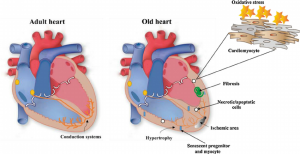
Saliva: The PSNS increases the production of saliva, which contains digestive enzymes to aid in The breakdown of meals, as part of its rest-and-digest role.
Lacrimation: the act of crying. Tears preserve the sensitive tissues of your eyes by keeping them Lubricated.
Urination: The bladder is squeezed to release urine when the PSNS contracts.
Digestion: To aid with digestion, the PSNS triggers the secretion of saliva. In order to digest food And release bile, which the body needs to break down lipids, it also performs peristalsis or the Movement of the stomach and intestines.
Defecation: To facilitate a person’s ability to pass stool, the PSNS tightens the sphincters in the Intestine, allowing the food that has been digested to pass along the digestive system.
Additionally, the PNS fed the blood vessels and neurons that are in charge of the male erection.
The Heart and parasympathetic nervous system
- Your heart contains a variety of unique PSNS receptors known as muscarinic receptors (M2 Receptors). The sympathetic nervous system is inhibited when parasympathetic activation of M2 Receptors lowers heart rate and AV node conduction velocity. This implies that they are Accountable for maintaining the heart rate at rest. The majority of people’s resting heart rates range from 60 to 100 beats per minute; nevertheless, the sympathetic nervous system can cause An increase in heart rate.
- An article in Circulation (AHA) states that one measure of a person’s PSNS, specifically the vagus Nerve, function is their resting heart rate. This is typically only the case in cases where the patient Has heart-related illnesses or does not take drugs that can alter heart rate, such as beta-blockers. For example, heart failure lowers the parasympathetic nervous system’s response. An elevated Heart rate may ensue, representing the body’s attempt to enhance the volume of blood it Circulates throughout the body.
The Lungs and parasympathetic nervous system
- Bronchoconstriction occurs in the lungs as a result of parasympathetic activation of M3 receptors. Moreover, it raises secretions from the bronchi.
- Using a range of afferent inputs, including those from the central nervous system, Parasympathetic ganglia, and post-ganglionic efferent fibers, parasympathetic nerves regulate Smooth muscle tone and mucus secretion in the airways.
- Any of these abnormalities may, and in certain people undoubtedly do, contribute to the Abnormalities in mucus secretion and smooth muscle contraction that define a variety of airway Illnesses, including asthma.
Sympathetic/Parasympathetic Interaction
- The relationships between the sympathetic and parasympathetic nerve systems are intricate Rather than being “opposites.” They engage in a dynamic interaction that is somewhat regulated By secondary messengers (cAMP and cGMP). Presynaptic inhibition of sympathetic nerve traffic Can be achieved by the parasympathetic nervous system. Similarly, presynaptically, sympathetic Stimulation can block parasympathetic activation.
- At rest, the sympathetic tone is subordinated to vagal “tone,” or tonic parasympathetic activation.

- Some of us have higher vagus activity than others, which enables our bodies to unwind from Stress more quickly. Your body is better at controlling blood glucose levels and lowering the risk Of diabetes, stroke, and cardiovascular disease if your vagus response or vagal tone is stronger.
- On the other hand, the persistently low vagal tone has been linked to chronic inflammation and may reduce the effectiveness of inflammation management.
- An ECG can be used to measure heart rate and determine vagal tone.
Dysfunction
- Given the variety of organs that parasympathetic dysfunction affects, there are numerous ways in Which it might present itself.

- Clinically relevant PNS illnesses include priapism, urine retention, Horner syndrome, Gastrointestinal disorders, sexual dysfunction, and cholinergic toxicity.
- Many people’s sympathetic nervous system is overactive and their parasympathetic nervous System is underactive. The following are some methods to activate the parasympathetic nervous system: Tai Chi, yoga, massage, and relaxation breathing.
FAQ
Heart rate and blood pressure drop, gastrointestinal peristalsis/digestion restarts, and other “Rest, digest, and restore” processes are supported by the PNS.
OR Distinctions Between Parasympathetic And Sympathetic Nervous Systems?
The sympathetic and parasympathetic nervous systems are the two components of the Autonomic nervous system. When faced with a threat or perceived danger, the Parasympathetic nervous system calms the body down, whereas the sympathetic nervous system triggers the fight-or-flight reaction.
Saliva: The PSNS increases the production of saliva, which contains digestive enzymes to aid In the breakdown of meals, as part of its rest-and-digest role. Lacrimation is the technical term for shedding tears. Tears preserve the sensitive tissues of your eyes by keeping them Lubricated.
About 75% of the PNS is made up of the vagus nerve, or CN X, which innervates the Descending and sigmoid colon as well as the rectum. It also supplies parasympathetic input To most of the thoracic and abdominal viscera. The medulla oblongata has four cell bodies That make up the vagus nerve.
The hypothalamus regulates the parasympathetic nervous system, which has its origins in The medial medullary locations (dorsal motor nucleus, nucleus tractus solitarius, and nucleus Ambiguous). The sacral spinal cord (more especially, S2-S4) and brainstem nuclei are the Sources of the preganglionic neurons of the PNS.
Since the brain and the sacral region of the spinal cord contain components of the central Nervous system, the parasympathetic nervous system is sometimes known as the Craniosacral division of the ANS.
Reference
- Parasympathetic System. (n.d.). Physiopedia. https://www.physio-pedia.com/Parasympathetic_System#:~:text=The%20parasympathetic%20nervous%20system%20originates,(specifically%20S2%2DS4).
- Crna, R. N. M. (2020, April 23). Your Parasympathetic Nervous System Explained. Healthline. https://www.healthline.com/health/parasympathetic-nervous-system#takeaway
- Sendić, G. (2023, October 30). Parasympathetic nervous system. Kenhub. https://www.kenhub.com/en/library/anatomy/the-parasympathetic-nervous-system

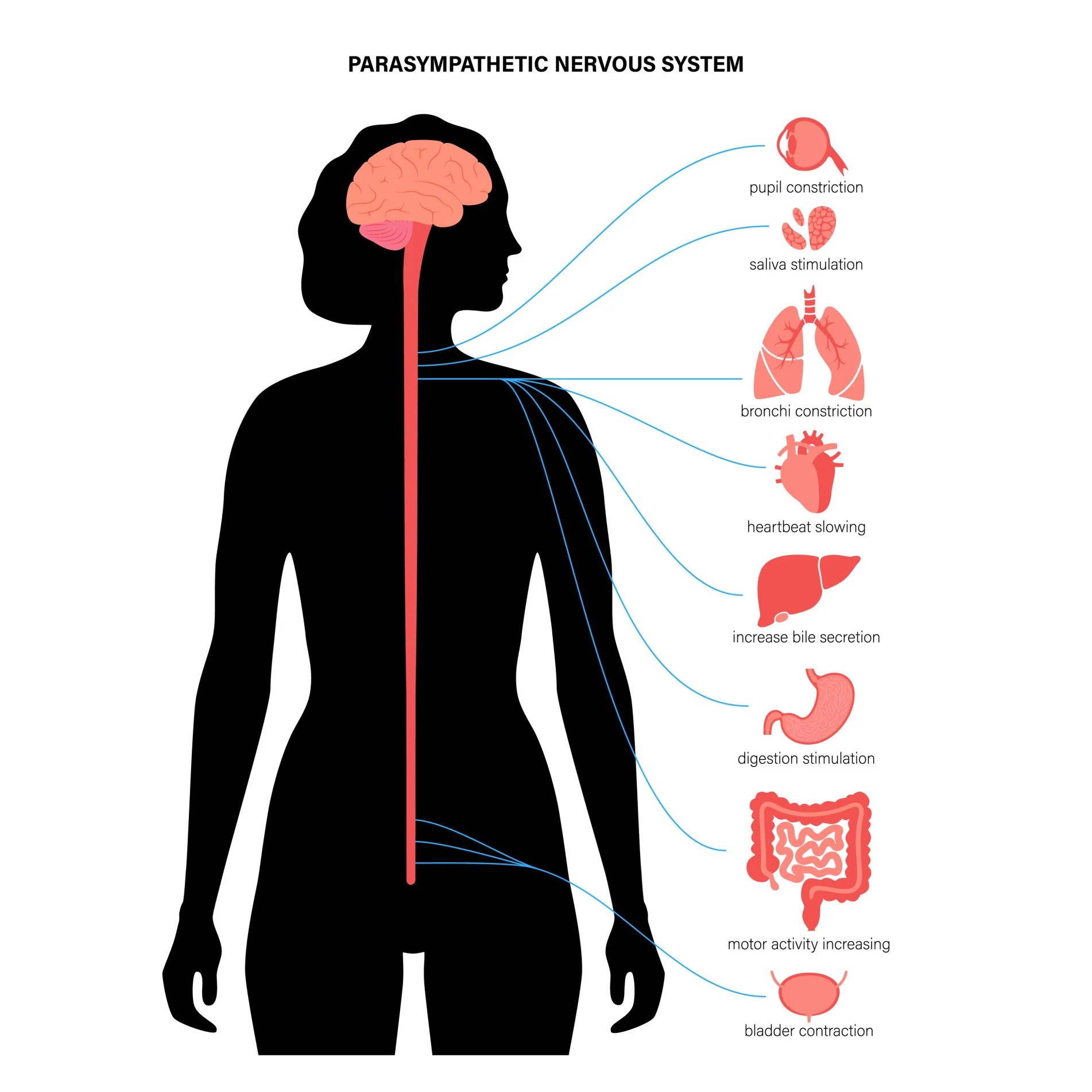
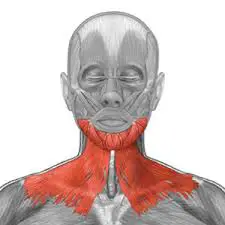
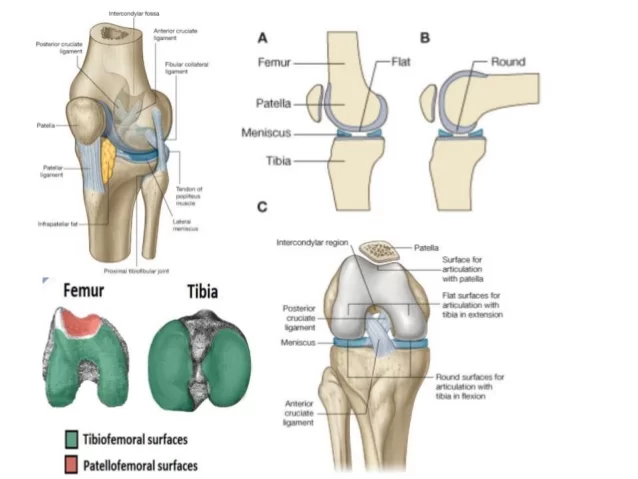

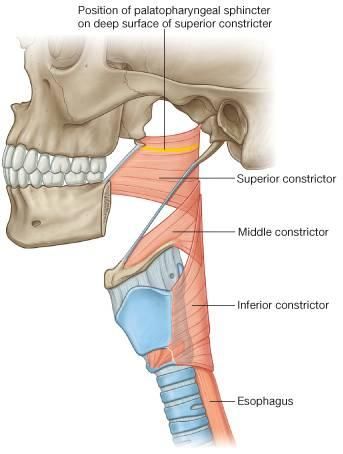
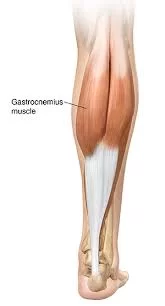

One Comment